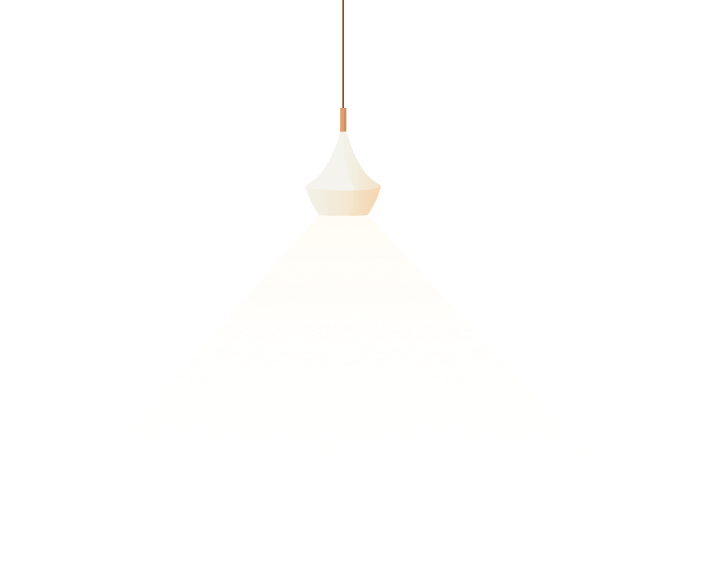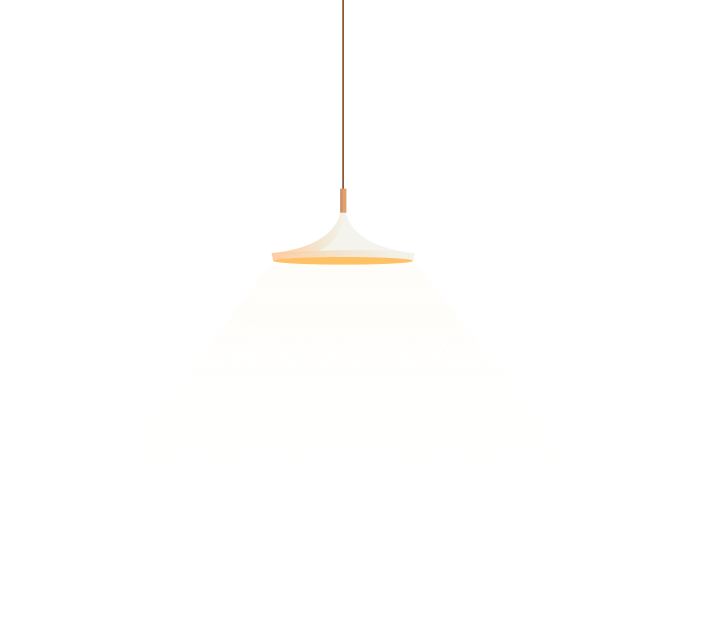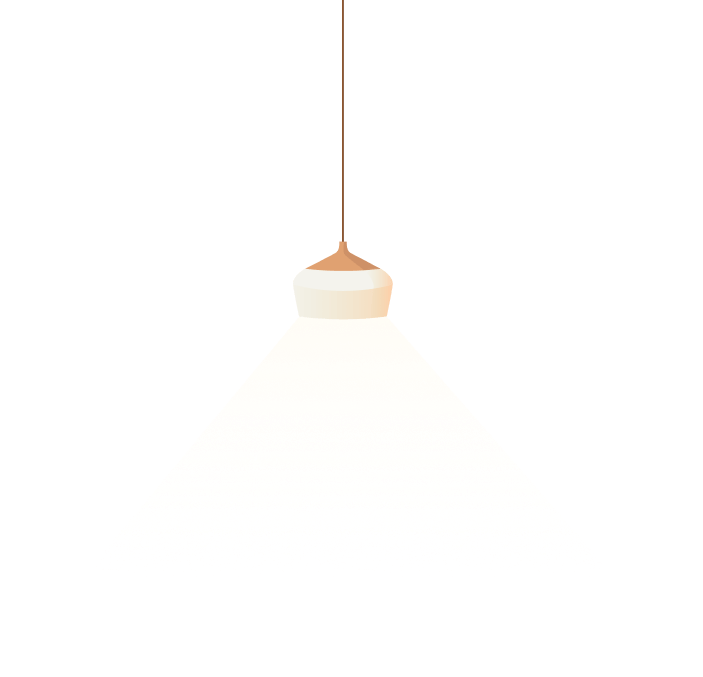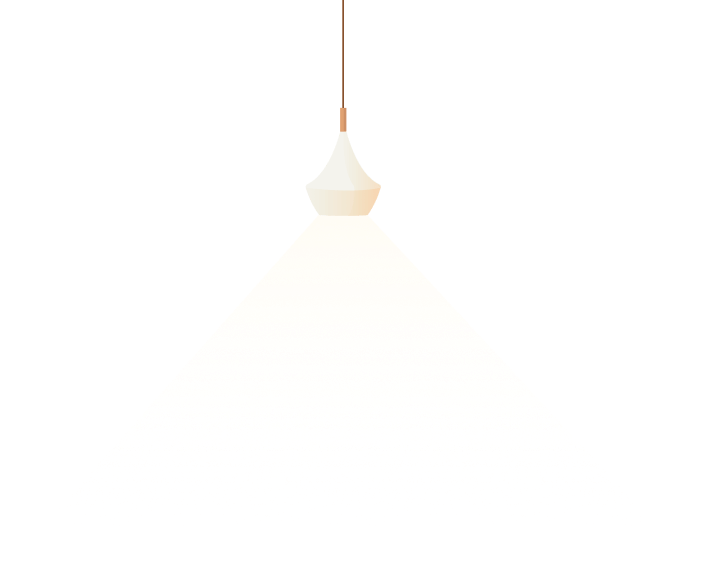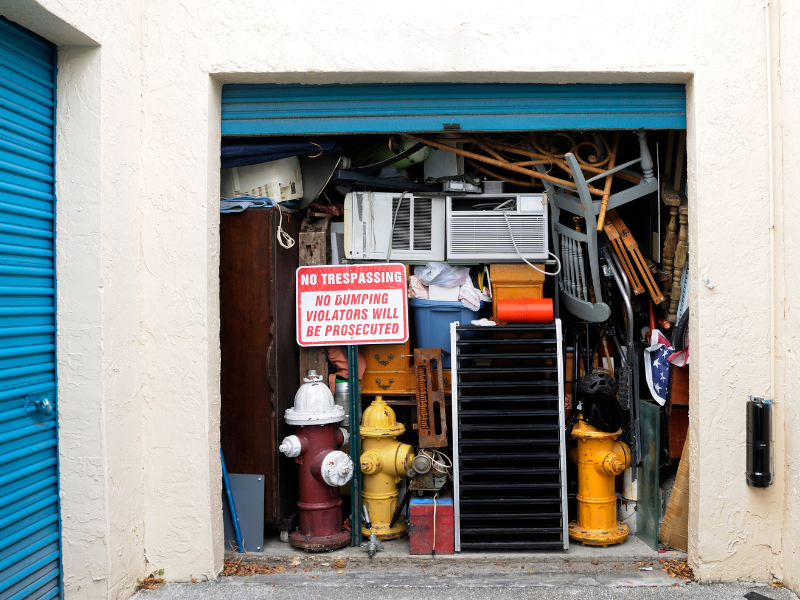Houseplants bring a touch of nature into our homes, but the secret to their thriving existence lies not only in water and light but also – significantly – in the soil that nurtures their roots. Standard store-bought potting mixes are reliable, but for those looking to tailor their gardening experience, nothing beats the satisfaction and control that comes with creating your own houseplant soil. Not to mention, the environmental and budgetary benefits make this DIY approach an appealing choice.
In this comprehensive guide, we’ll walk through three distinct soil mix recipes suitable for various types of houseplants. Whether you’re a seasoned plant parent or a green-fingered novice, these recipes will cater to a spectrum of plant types and provide the necessary foundations for robust and flourishing indoor gardens.
Introduction to the Soil Mix Connection
While often overlooked, a well-balanced soil blend is a critical component in a plant’s overall well-being. It impacts moisture retention, drainage, root aeration, and nutrient availability. Tailoring the soil mix to the specific needs of the plants ensures they receive the optimum environment to grow and thrive.
Here, we’ll explore the intricate dance of organic matter, minerals, and sustainable additives to concoct the perfect soil mix recipes that will cater to your houseplant’s unique requirements.
Recipe 1: All-Purpose Houseplant Soil Mix
The all-purpose soil mix is a versatile blend suitable for a broad range of houseplants, from ferns and spider plants to peace lilies and pothos. It is designed to strike a balance between moisture retention and good drainage, offering the required nutrients for healthy plant growth.
Ingredients and Formulation
Start with a base of peat moss, which is lightweight, sterile, and has excellent moisture retention qualities. Combine it with perlite or pumice for aeration and water drainage. A dash of coarse sand, not beach sand, enhances drainage without compacting the soil.
- 4 parts peat moss
- 1 part perlite or pumice
- 1 part vermiculite (for moisture retention)
- 1 part compost or well-rotted leaf mold (for nutrients)
- A sprinkle of horticultural charcoal (to prevent root rot)
Benefits and Application
With its universal approach, this soil mix is a keeper for various indoor gardening needs – young plants, those recently propagated, or ones due for repotting. It promotes a balanced environment that encourages steady, healthy growth and reduces the likelihood of overwatering, something that can be a common issue among indoor gardeners.
Mix and Preparation
Combine the dry ingredients in a large tub and moisten the mixture gradually while stirring. Aim for a damp consistency that allows you to form a ball that holds its shape but crumbles easily. Packaged all-purpose fertilizer can also be added to this mix before planting to boost nutrient content.
Recipe 2: Succulent and Cacti Soil Blend
Succulents and cacti thrive in an arid environment where water quickly flows through the soil and reaches the roots, primarily due to their susceptibility to rot from too much moisture. Crafting a soil mixture that mimics their natural habitat becomes mission-critical for these plants.
Components and Proportions
The star of this blend is coarse sand, combined with potting mix and a small amount of peat moss to aid in water retention without compromising drainage. Too much organic material can trap too much moisture, encouraging rot.
- 3 parts potting mix
- 2 parts coarse sand
- 1 part perlite or pumice
- A pinch of granulated charcoal (for extra aeration)
Considerations for Drainage
For your succulents and cacti, the soil should drain in about 15-30 seconds after watering. The formulation here leans towards less water retention to cater to the dry-loving plants.
Selecting the Right Species
This soil blend is perfect for the vast variety of succulents and cacti species, especially those that find their home in the sandy deserts of the world. These plants will relish in the fast-draining soil that prevents their root systems from staying soggy.
Recipe 3: Indoor Tropical Plant Mix
For those lush, green tropical beauties like the monster, ferns, or orchids, a soil blend that captures just the right moisture without smothering the roots is the key to success.
Key Components and Ratios
Your indoor tropicals will thank you for a mix that incorporates coconut coir, which is a sustainable alternative to peat moss, plus a healthy dose of bark for aeration and drainage.
- 3 parts coconut coir
- 1 part orchid bark (fine grade for smaller plants)
- 1 part perlite or pumice
- 1 part worm castings or a slow-release fertilizer (for nutrients)
Balancing Moisture Retention and Aeration
The coconut coir in this mix acts as a sponge, holding water for those tropical plants that love the humidity, while the orchid bark and perlite ensure that the mix remains light and aerated.
Plants Best Suited for this Mix
The calathea, with its finicky water requirements, and moisture-loving ferns are the stars of this blend. The soil will offer them just enough hydration without becoming waterlogged, a common problem in typical soil mixes not designed for their unique needs.
Trouble finding Worm Castings?
Why not just invest in your very own Urbalive wormery and produce all of the worm castings and liquid fertilizer you need without breaking the bank
Benefits of Homemade Soil Blends
Cost-effectiveness: Creating your own soil blend can save money in the long run, especially if you have a large collection of plants. The bulk purchase of ingredients that are common across your soil mixes is economical and sustainable.
Customization for Plant Needs: Tailoring soil to the plants’ precise requirements leads to healthier, more robust growth. Each recipe is crafted to cater to the particular needs of the plant types.
Sustainability and Eco-friendliness: By choosing sustainable components, such as coconut coir over peat moss and opting for natural fertilizers, you reduce your environmental footprint and contribute to a more eco-friendly approach to gardening.
Conclusion
Experimenting with homemade soil blends can be an exciting avenue for enhancing your indoor gardening experience. It not only provides you with greater control over the growth conditions of your plants but also allows you to connect with your garden on a deeper level, from root to leaf.
Remember to always assess your plant’s individual requirements and consider the climate of your home. Gardening is a dynamic process, and sometimes your plants might even prefer a store-bought mix over a homemade one. Take note of which plants respond positively to your homemade mixes, and adjust the blend – and your green thumb technique – accordingly.
Creating your own soil can seem demanding at first, but with practice, you’ll develop an intuition for what your plants need and what works best in your unique growing environment. The effort is rewarding, and the bond formed between you and your houseplants through this meticulous care can be just as fulfilling as watching them grow.


